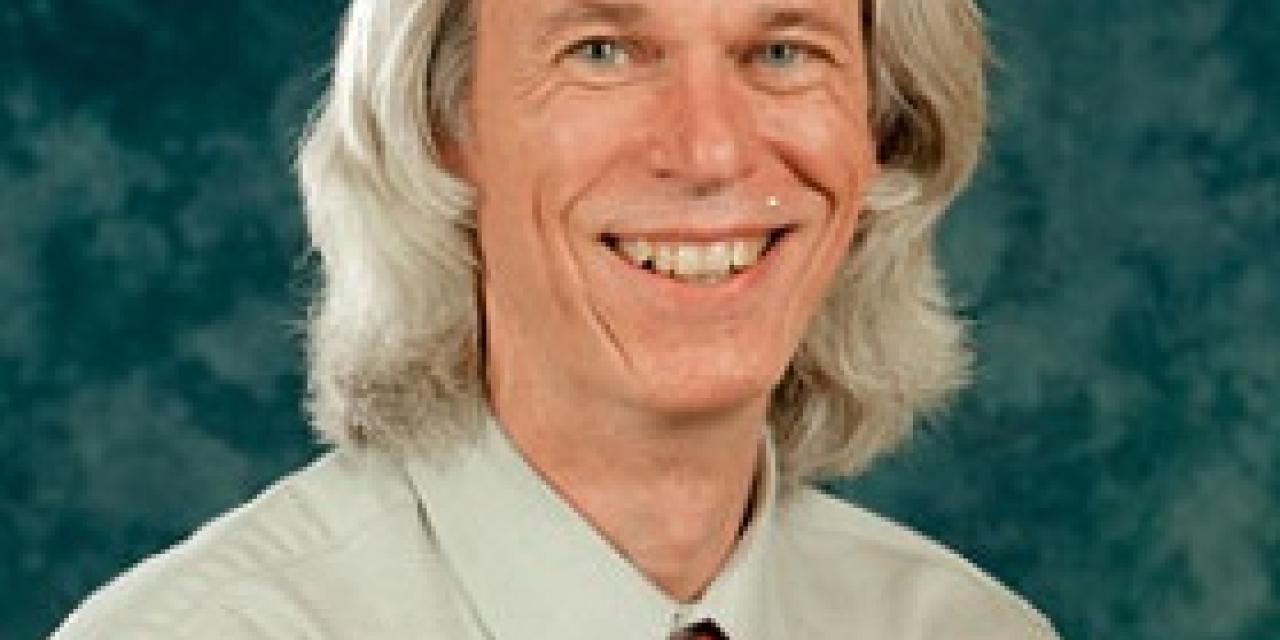Mark Torgerson teaches theology, worship and architecture at Judson University in Elgin, Illinois. He also produces a twice-yearly bibliography for the Robert E. Webber Institute of Worship Studies (IWS) in Orange Park, Florida. IWS provides graduate level programs in worship studies. In this edited interview, Torgerson explains why he keeps updating the IWS bibliography.
When and why did you start this project?
IWS students gather in Orange Park, Florida, twice a year for eight-day, on-campus intensive courses. I taught there for three years. After receiving my teaching appointment at Judson University, I found I could no longer manage a full course load at Judson plus the teaching blocks (and administrative days) at IWS. When I resigned from IWS, Robert Webber asked me to maintain and develop a 10-page bibliography that a previous faculty member had initiated. I agreed, and my first edition in December 2002 was a 22-page update of the original document.
How has the bibliography changed since then?
It has grown, and now there’s a new edition each January and June. The January 2015 document had 127 pages listing mostly books but also multimedia and web resources. Section headings have been added as needed or deemed helpful. I edit titles along the way, but generally just add new content with each edition.
What are your favorite examples of how IWS students or others use the bibliography?
I’ve added many sections in light of student requests, such as historical sources for Baptist students and online resources with full textbooks, articles and organizations that relate to worship development. Students also requested that I highlight the latest titles at the beginning of each document. I don’t get much student feedback, but what I hear is positive and appreciative. I imagine the minimal feedback means that the resources are providing what students need to pursue their research projects.
How do you decide what to add?
Choices concerning new content come from multiple influences. I am only one person who was trained at particular institutions, so, inevitably, my experience as a student, teacher and researcher guides my selections. However, I try to feature biblical, historical and theological dimensions of worship across an ecumenical spectrum of Roman Catholic, Eastern Orthodox and Protestant content. I want students to realize that the larger Christian church has been developing worship since Christianity began, and it remains concerned with renewing worship. I look for materials that demonstrate thoughtful ways to apply understanding to worship renewal. Our students are practitioners in worship celebration development and are always curious about how to share their insights in congregational settings in ways that honor the holy, triune God.
I prefer to feature peer-reviewed, academic resources more than popular resources, partly because these are a little more difficult for the average student to locate. Occasionally I glean titles from bibliographies of colleagues at multiple institutions. My mentor at the University of Notre Dame, James F. White, had developed a very helpful bibliography for his liturgical studies students. My choices are inevitably shaped by his choices. My own interest in the arts and worship moves me to allow those sections to be more expansive. I read book reviews in print and online, talk with colleagues who teach worship, review trade catalogs and investigate publishers’ bookstalls at professional meetings.
Do you personally read every book you include?
I do not read every title, cover to cover, noted in the bibliography. I do however investigate the content of each title and am aware of the reputations of an array of scholars and publishers. I try to share a few insights, largely about content, in the annotations. I teach four courses each semester, chair Judson’s worship arts department, contribute to committees, advise students, and attend numerous university activities, which limits the amount of time I can invest in this project. However, working on the bibliography does assist my personal research and writing.
Which of the listed resources do you use most often in teaching worship at Judson University?
My undergraduate courses address the history and theology of worship, designing worship services of all kinds and working with the arts in worship. I also teach a research course that investigates current issues in worship. I inform all my students about the bibliography. I believe the print books are most important to students, as they address specific areas of worship. The multimedia resources help them consider the wide range of arts that can be incorporated into worship. I use clips from many multimedia sources in most of my courses.
How do you suggest finding these books, especially the older resources?
In the United States—as in many countries—the college, university and public libraries are good places to start. They can usually locate books on worship, whether in or out-of-print, via their electronic catalogs and resources. The WorldCat network is especially helpful. If a library doesn’t own a book, they can get nearly any book, new or old, through the vast interlibrary loan system.
You can also seek titles through Google, Google Books and Amazon.com. I’ve acquired many out-of-print titles through Amazon’s network of third-party vendors.
|
Browse the most recent IWS bibliography. Mark Torgerson posts the January edition in late December and the June edition in mid-June. If you have more worship books than you need, consider donating them to Theological Book Network, which provides books to seminaries, universities and Bible colleges in under-resourced countries. |

